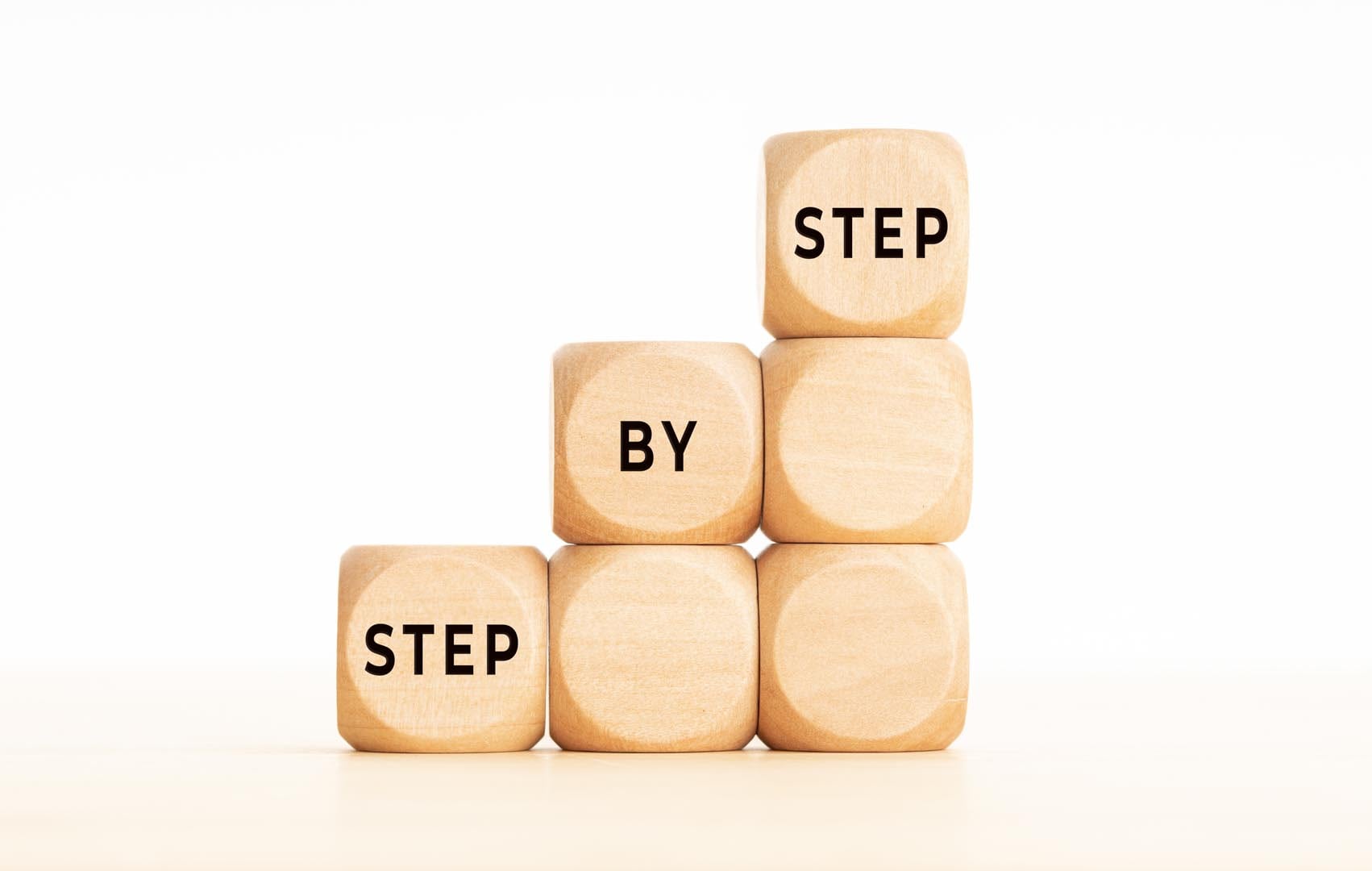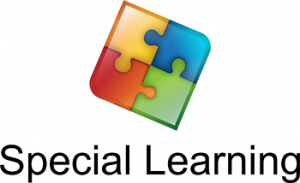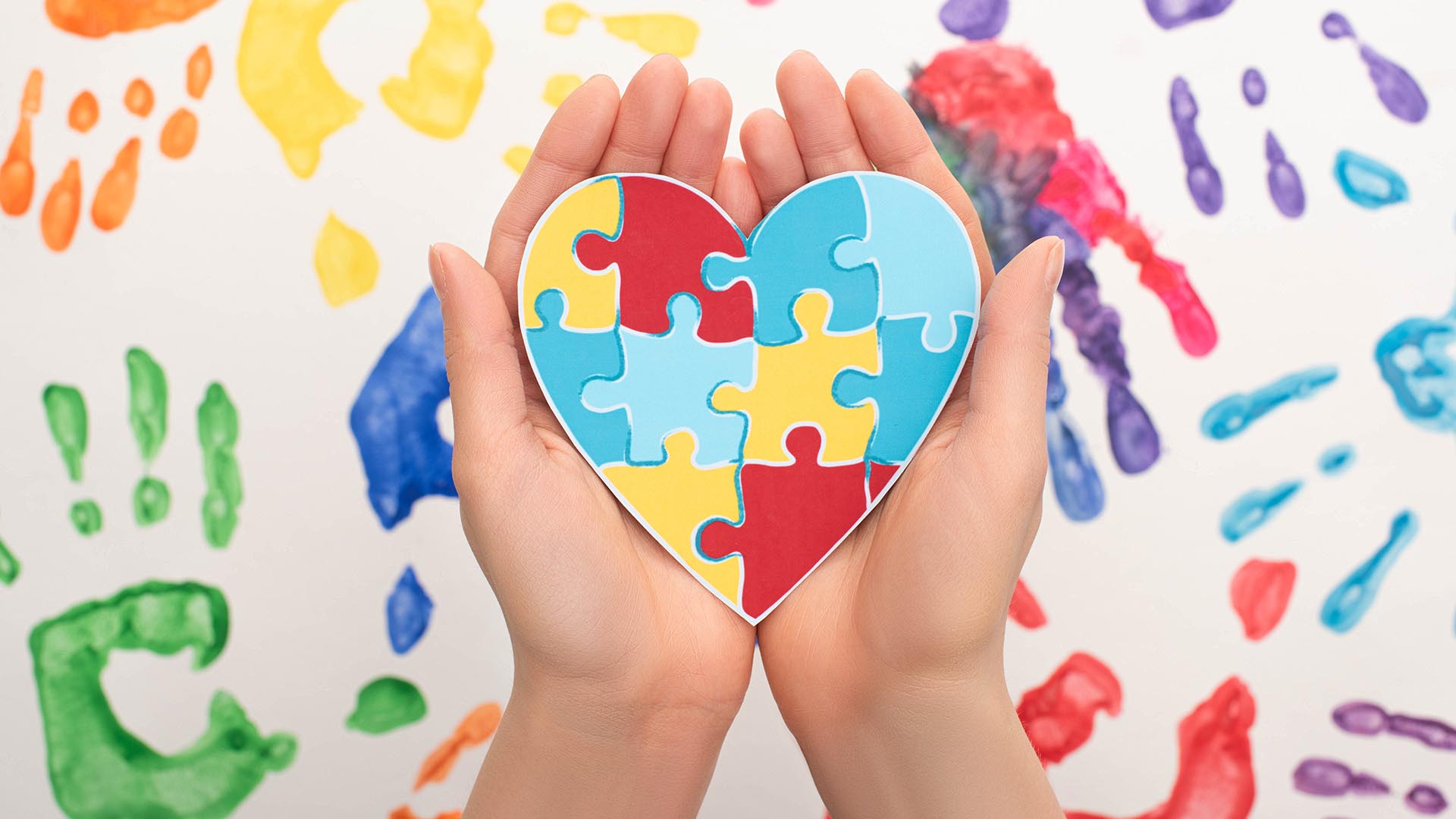Applied Behavior Analysis Basics
Applied Behavior Analysis, or better known as ABA, is the most effective way to teach a child diagnosed with an Autism Spectrum Disorder. ABA is implemented by teaching a child one step-by-step lesson, followed by successive lessons based on the previous lesson. During lessons, the child is guided by the parent or teacher to get the desired response – improving that response a little more in each subsequent lesson. ABA interventions have been shown to be effective in improving academics, speech, language, and socially appropriate behavior.
The ABA method is based on the theory that behavior is shaped by the consequences of the actions. Furthermore, the consequences serve as the motivation for repeating the action. For example, a boy works hard to get good grades because he gets a reward, but when the rewards are no longer given, he will stop working hard to get good grades.
The Lovaas Method is another method employed by ABA behaviorists. Lovaas uses techniques similar to DTT but is designed to be used in mainstream classes. Unlike other methods, the Lovass method concentrates on younger children, using an interactive play-based approach.
Discrete Trial Training (DTT) is based on the principles of ABA wherein there is a specific instruction to be followed. When the child successfully follows instructions, the teacher will reinforce or reward the child by saying “Very good!” and the like. But when the child fails to oblige, the teacher will merely say, “Let’s try again” or something similar. This method helps the child to develop the ability to maintain a conversation and improve decision-making skills.
A child is required to have 32 to 40 hours of Applied Behavior Analysis a week for it to be effective. Adherence to the 40-hour requirement can result in better interpersonal skills, higher IQ levels, and improved decision-making. The reason behind the 40-hour requirement is to provide adequate structured intervention for the child. In addition to the regular ABA schedule, parents are encouraged to engage the child the same way conversationally as they would an ordinary child. This form of communication may be able to help the child learn from the conversation and improve their own verbal skills.
In other words, ABA therapy is established on the analysis of every behavior, where each behavior is broken down into smaller elements, and teaching each small element one at a time, using rewards in specific situations. This is an extremely structured, strict, systematic, and consistent teaching approach. It is coordinated around:
- The way a request is made of the child (Antecedents)
- The response of the child to requests (Target Behaviors)
- The way adults react to the child’s correct/incorrect responses (Consequences)
Copyright © by Special Learning Inc. All right reserved.
No part of this article may be reproduced in any manner whatsoever without written permission except in the case of brief quotations embodied in critical articles and reviews. For information, contact Special Learning Inc., at: contact@special-learning.com








